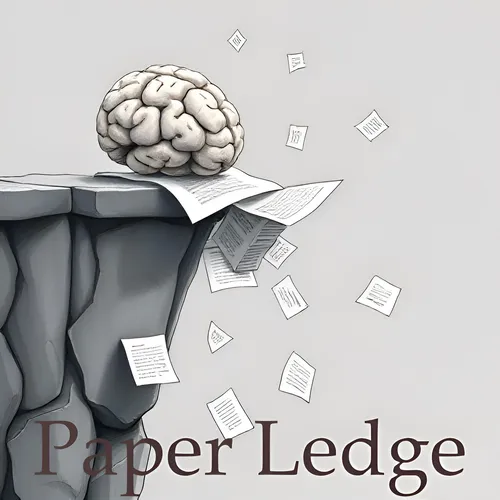Computer Vision - EventSSEG Event-driven Self-Supervised Segmentation with Probabilistic Attention
- Author
- ernestasposkus
- Published
- Thu 21 Aug 2025
- Episode Link
- https://www.paperledge.com/e/computer-vision-eventsseg-event-driven-self-supervised-segmentation-with-probabilistic-attention/
Hey PaperLedge crew, Ernis here, ready to dive into another fascinating piece of research. Today, we're talking about self-driving cars – specifically, how they "see" the road, and a really cool new way to make that vision faster and more efficient.
Now, traditional self-driving cars use cameras that take lots of still pictures, like a really fast slideshow. But processing all those images takes time and processing power – think of it like trying to read a book one page at a time, super fast. It works, but it's demanding.
This paper explores a different kind of "eye" for self-driving cars: something called an event camera. Instead of taking pictures constantly, event cameras only react to changes in the scene. Imagine a light switch that only turns on when someone flips it, instead of being on all the time. This means they use way less power and are much faster because they only capture the important stuff – like the edge of the road, or a car moving in front of you.
The challenge? Teaching a car to understand the road using only these event camera signals. It's like trying to learn to paint, but you only get to use the moments when the brush touches the canvas.
That's where the cleverness of this paper comes in. They've created a system called EventSSEG that uses a technique called self-supervised learning. Think of it like learning to ride a bike by just watching other people ride. You don't need someone constantly telling you what to do; you learn from the experience itself. EventSSEG learns from the event camera data itself, without needing tons of manually labeled images that say "this is a road," "this is a sidewalk," etc.
To put it another way, the researchers have designed a system that's both energy-efficient (thanks to the event camera) and data-efficient (thanks to self-supervised learning). They also use something called a "probabilistic attention mechanism" which is a fancy way of saying the system pays extra attention to the parts of the event data that are most likely to be important for understanding the road ahead.
Here's a quote that really stood out to me:
"EventSSEG achieves state of the art performance with minimal labeled events."
That means it works really well even when it doesn't have much labeled data to learn from.
Why should you care?
- For tech enthusiasts: This is a glimpse into the future of autonomous vehicle technology, showcasing innovative approaches to perception.
- For environmentalists: Lower power consumption means a smaller carbon footprint for self-driving cars.
- For everyone: Safer and more efficient self-driving cars could revolutionize transportation, making it more accessible and affordable.
The researchers tested EventSSEG on two datasets (DSEC-Semantic and DDD17), and the results were impressive. It achieved state-of-the-art performance using only a small amount of labeled data.
So, what are some things we might discuss further?
- How adaptable is this system to different weather conditions or road types?
- Could this approach be used for other tasks beyond road segmentation, like detecting pedestrians or other vehicles?
- What are the ethical implications of relying more on AI and less on human-labeled data in safety-critical applications?
This paper offers a compelling solution to a key challenge in autonomous driving, making it a significant contribution to the field. I’m really excited to see how this technology develops. Thanks for joining me on this PaperLedge deep dive!
Credit to Paper authors: Lakshmi Annamalai, Chetan Singh Thakur
